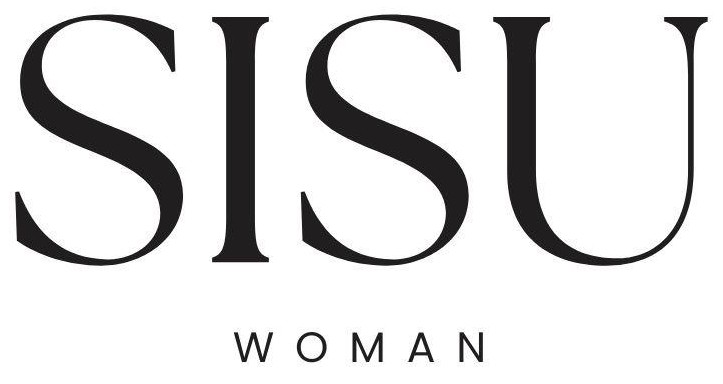Tracking these metrics is essential to understand how users are interacting with your content and identify areas for improvement. Heatmap tools like Hotjar or Crazy Egg can visually demonstrate how users navigate your pages, helping you optimize for better engagement. Whereas on-page SEO refers to content optimization, meta descriptions, title tag formatting, and image optimization, off-page SEO focuses more on external elements.
- The most important thing is that you don’t show any popup/lightbox on mobile that stops people from being able to read or scroll through your content.
- Because, an On Page SEO Audit also makes it easier for crawlers and human visitors to understand what the content is about without much effort.
- The good news is that you have complete control over your site’s user experience.
What are the 3 primary components of on-page optimization?
Using specific keywords in the title tag of each page makes it easier for search engine crawlers to understand your website. You also want to optimize your pages’ URLs, internal links, page speed, and title tags, among others. But in most cases, the closer your keyword is to the front of your title tag, the better.
Content Optimisation Implementation Guide
Internal links allow you to direct traffic and search bots to specific pages, helping you rank better for certain keywords. Our team will help your site rank by updating and adding internal links while optimizing individual pages. We’ll also pinpoint new internal linking opportunities that boost your site’s overall traffic. Internal links allow you to direct traffic and search bots to specific pages, helping you rank better for certain keywords.
Structured markup is the key behind those featured snippets, knowledge panels, and other content features you see when you search for something on Google. It’s also how your specific page information shows up so neatly when someone shares your content on social media. Before joining Yoast, he worked for a top-tier web design magazine, where he developed a keen understanding of how to create great content. Aside from creating quality content, you must remove or remedy low-quality pages. Take time to find these pages and do something with them occasionally to keep your content in good shape.
To optimize these metrics, you can improve LCP by using faster hosting, optimizing and compressing images, and minimizing render-blocking resources like JavaScript and CSS. For FID, focus on reducing JavaScript execution time, leveraging browser caching, and deferring non-critical scripts. Core Web Vitals matter because they are now part of Google’s ranking factors under the Page Experience Update. Pages that perform well on these metrics not only rank better but also offer a more satisfying experience to users, leading to lower bounce rates and higher engagement. Optimized images enhance user experience, boost performance, and contribute to better rankings.
This increases the chance that every page in your hub and spoke architecture will rank. It also allows you to target high-competition keywords that you wouldn’t have otherwise been able to SEO Anomaly rank for. Make sure that all of the external & internal links across your site are working and not leading to 404 pages. Use descriptive anchor text and ensure that the content surrounding the link is relevant to the page your linking to. Internal links make your site easier to crawl, help Google better understand the quality of your content and which pages belong in the same category. The Google algorithm search leak gave us unique insights into how Google uses links to better understand your content.
Specifically, journalists looking for stats to include in their articles. This is the dirty little secret that sites use to get LOTS of backlinks on autopilot. And once my page cracked the top 5, Google hooked me up with sitelinks.
